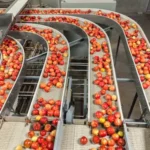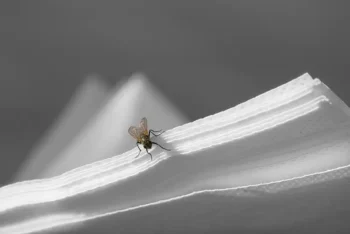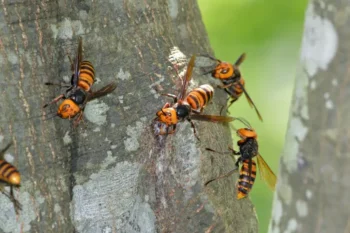
Receiving areas and loading docks play a major role in keeping your business running, bringing in everything from products and ingredients to supplies. However, these daily operations also create easy entry points for pests.
The constant flow of people, deliveries, and materials through these areas pests the opportunity to make their way inside. Open doors, shipments, nearby trash zones, and structural features that attract nesting birds like sparrows can all increase the risk of unwanted visitors.
Thankfully, there are several ways to limit pest problems in your receiving area without slowing down traffic or interrupting business. Here’s a few tips to get you started.
Inspect Every Shipment Thoroughly
Pests have plenty of chances to sneak into shipments, at the origin, during transit, or even once it arrives. That’s why it’s important for your receiving staff to be trained not only to spot signs of pest activity, but also to know how to respond when something seems off.
It’s just as important to set clear expectations with your suppliers. Work together to outline inspection protocols, define acceptable conditions, and decide how to handle any deliveries that don’t meet your standards. A structured inspection program encourages your vendors to stay on top of pest management practices, supporting your business needs.
Do Your Best to Keep Doors and Windows Closed
When receiving areas get busy, they often have their doors open throughout the day. Sometimes this is unavoidable, but keeping doors closed whenever possible can help prevent pests like flies, moths, rodents, and birds from slipping inside.
If you have doors that need to remain open for extended periods, tools like air curtains or strip doors can create a barrier against the intruders, without interrupting the flow of work. A Bug Out specialist or pest management provider would be happy to make personalized recommendations for your facility.
Your Bug Out representative or pest management partner may suggest additional protective measures, such as extra bait stations, bird netting, or insect light traps, all designed to lower the chances of pests making their way indoors.
Keep Trash and Work Areas Tidy
With a constant flow of supplies moving through receiving areas, spills are practically inevitable. Any spilled food product, no matter how small, can quickly attract pests. Provide specific clean-up instructions for your employees to follow, so your spaces can stay clean. Spills are not limited to the immediate receiving zone, they can also occur underneath trucks or around unloading spots.
Loading docks are often located at the rear of a facility, possibly sharing an area with dumpsters or trash storage. Unfortunately, pests love to gather in these environments. Rodents, flies, birds, and even larger wildlife are lured in by food waste, nesting materials, and lingering odors. Flies, for example, can detect odors from several miles away. The closer pests get to your building, the higher the chance they will find a way inside.
To reduce the attraction, keep trash areas clean and make sure dumpster lids close securely. Regular cleaning of dumpsters and the nearby ground will also help limit odors and potential pest problems.
Bug Out is Here for Your Business
These are merely a few effective practices that could reduce the risk of pest issues in your receiving area. There are plenty of additional steps you and your team can take right away to strengthen your facilities against these pests.
Contact Bug Out today, so you can get a complimentary inspection for your facility.





